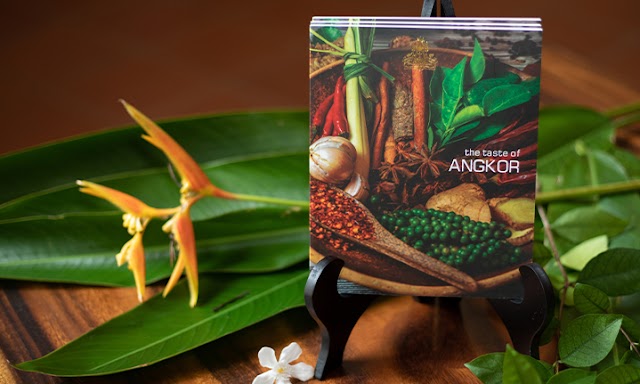Hot posts
recent/hot-posts
Culture
Culture/feat-big
Food
6/Food/mini-slide
Kun Khmer
3/Kun Khmer/grid-small
ឡាន
6/ឡាន/mini-slide
ឡាន
3/ឡាន/grid-small
ឡាន
12/ឡាន/slide-posts
ឡាន
3/ឡាន/grid-small
ឡាន
3/ឡាន/col-left
ឡាន
3/ឡាន/col-right
ឡាន
6/ឡាន/mini-slide
Recent posts
View allWelcome Angkor Sankranta, kingdom of Cambodia
Buddha Dhamma Monk
April 20, 2023
Welcome Angkor Sankranta, kingdom of Cambodia. Khmer New Year, also known as "Choul Chnam Thmey," meaning entering the new year, is a natio…
Read moreBEAUTIFUL BAYON TEMPLE IN SIEM REAP PROVINCE,KINGDOM OF CAMBODIA
Buddha Dhamma Monk
April 13, 2023
BEAUTIFUL BAYON TEMPLE IN SIEM REAP PROVINCE,KINGDOM OF CAMBODIA 🇰🇭 At Angkor Thom ,Bayon ,the central temple ,is the largest with several smaller …
Read moreBEAUTIFUL CAMBODIAN(KHMER ) TRADITIONAL WEDDING CERAMONY, KINGDOM OF CAMBODIA
Buddha Dhamma Monk
April 13, 2023
BEAUTIFUL CAMBODIAN(KHMER ) TRADITIONAL WEDDING CERAMONY, KINGDOM OF CAMBODIA 🇰🇭 In Khmer wedding, it has a lot of ceremonies held in chronologic…
Read moreThe Taste of Angkor” is the “Best Asian Cookbook” at the Gourmand World Cookbook Awards 2021.
Buddha Dhamma Monk
April 13, 2023
The Taste of Angkor Cookbook was proudly presented at the Umeå Food Symposium in Sweden on 2-5 June 2022, and won two Gourmand World Cookbook Awards …
Read moreHistory
History/feat-big
ឡាន
2/ឡាន/grid-big
ឡាន
3/ឡាន/grid-small
ឡាន
12/ឡាន/slide-posts
ឡាន
3/ឡាន/grid-small
ឡាន
2/ឡាន/grid-big
ឡាន
3/ឡាន/grid-small
ឡាន
4/ឡាន/grid-big















